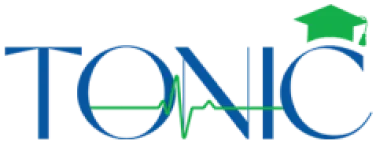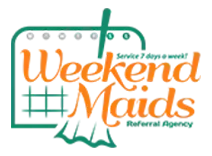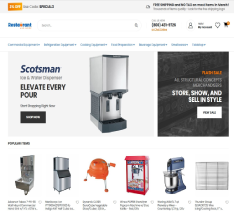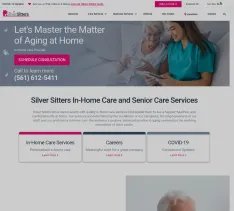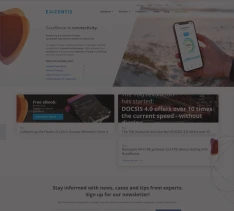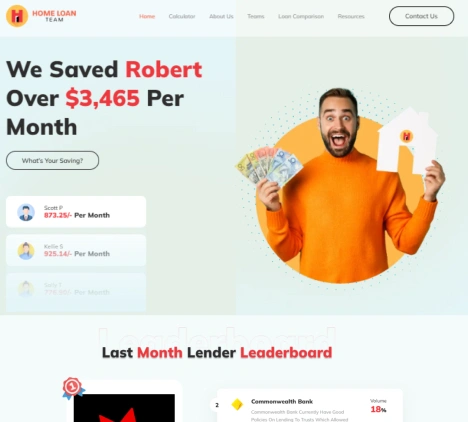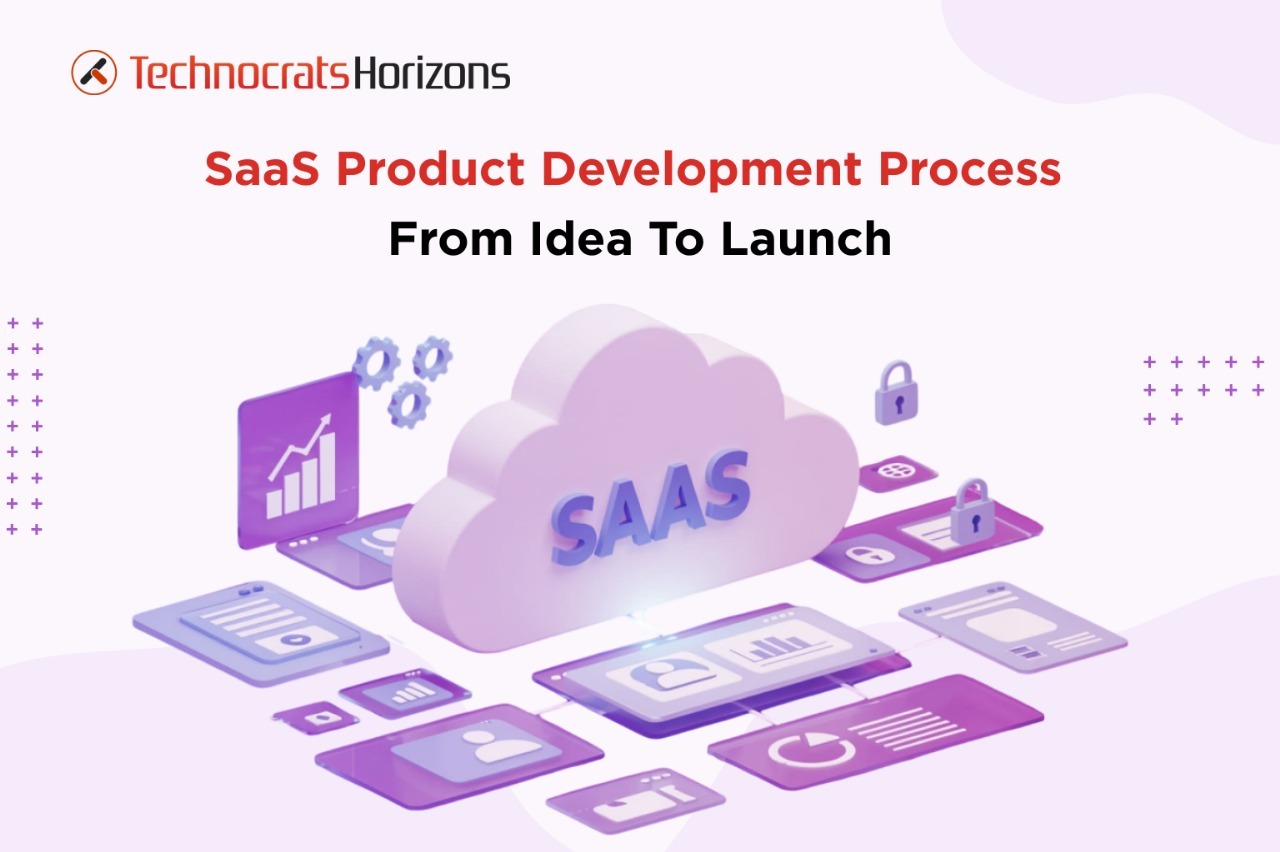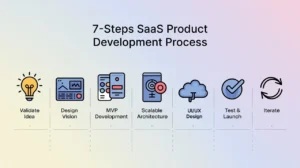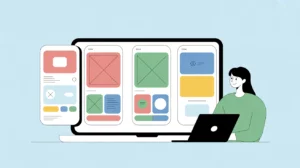“The SaaS product development process allows you to validate your product idea and implement it with strategic planning. This involves researching your idea, validating with MVP development, testing, and iterating your product based on user feedback. This ultimately helps your SaaS product to lead the competitive market with ease.”
SaaS products today have become an essential part of every organization. From project management to customer support, SaaS applications are evolving every industrial process with simplicity.
In 2030, the SaaS industry is projected to witness a surge of $908.21 billion. However, many SaaS products still fail to attract users despite having lower upfront costs, high-end scalability, and easy accessibility.
The problem does not lie in their vision, but rather in the SaaS product development process through which they are built.
A proper SaaS product development process enables you to build your dream SaaS product tailored to user needs, ensuring proper validation.
This blog will today tell you in detail the 7-step SaaS product development process from idea to launch to ensure scalable and lasting growth.
Why a Proper SaaS Product Development Process Matters to Stand Apart
Did you know that 9 out of 10 startups, including those in the SaaS sector, are failing on a broader scale nowadays? And 20% of them do not survive more than 2 years.
Seeing these stats, you might assume that the failure would be because of a poor product idea.
But the reality is that most startups fail due to poor implementation and improper validation of the product. As said by Andrew Chen, General Partner at Andreessen Horowitz,
“You don’t need to be first to market. You need to be first to product-market fit.”
This shows how following a proper SaaS product development process is essential.
Besides, following the right development approach also helps in:
- Validating the idea demand in the market before implementing it
- Reducing unnecessary development costs
- Ensuring a scalable design and architecture from the beginning
The Strategic 7-Step SaaS Product Development Process
Developing a SaaS product can be overwhelming, especially when you are doing it for the first time, from validating the product idea to ensuring proper scalability for the future.
Every development stage holds several challenges and risks. However, by following a strategic approach, you minimize such challenges by 80%. Here’s a step-by-step breakdown of the development process.
Step 1: Validate Your Idea and Research the Market Thoroughly
According to Marc Benioff, the co-founder of Salesforce,
“In order to succeed with a product, you must truly get to know your customers and build something for them.”
So, that’s how just having a product idea is not enough to become successful. Today, customers expect to have a product that truly addresses their needs and challenges. So, before starting coding for your product idea, perform detailed analytics of the market for which your product is meant.
Asking questions like:
- For whom is your product?
- What core problem will your product solve?
- What’s trending in the market, and how can you embed it in your product?
Proper idea validation will eventually help you validate your idea thoroughly and save you from the risk of failure.
Step 2: Define Your Vision and Strategic Roadmap
After validating your idea properly, the next step is to plan the complete roadmap for its development stage. And this is the critical step where most SaaS businesses fail. A clear vision is the foundation of a good product.
Companies without a clear vision are seen to face several challenges during the development process. Moreover, they often end up developing features and functionalities that are unnecessary for their product.
You can save yourself from having such a pitfall by designing the roadmap beforehand.
Define your success metrics, which usually include:
- Expected monthly and yearly revenue
- Subscription plans based on features and user access
- Features to be embedded in your product
- Customer Acquisition Cost (CAC)
Roadmap designing helps you execute every development step with proper planning.
Step 3: Design User Experience and Prototype
During the development stage, UI/UX design is the most overlooked strategy. However, every dollar invested in UI/UX brings $100 (ROI = 9,900%) in return.
This is why implementing a clean and intuitive UI/UX becomes essential for every SaaS company. Start by building wireframes for all user flows. Once designed, test the wireframes with real users.
This will allow you to find the weak gaps in interface design and refine them beforehand. This ultimately saves you from losing your product users due to poor interface design.
Step 4: Build Smarter with MVP Development
Saas product development, of course, involves a hefty investment. And that’s why you can’t afford to build your entire product with mere assumptions. This would, in the end, result in product failure.
So, the best thing would be to build and launch your product in a smarter way with minimum but essential features using MVP development.
Investing in MVP development not only helps you launch your SaaS product affordably, but it also allows you to iterate on your idea based on real-time user feedback. This ultimately helps you build long-term, scalable success for your SaaS product.
Step 5: Develop a Scalable Architecture
With the evolution of time and technology, your SaaS product will definitely need to scale in the future so it can easily handle an increased user base effectively.
Also, SaaS products with a scalable build can easily integrate with leading technologies whenever required.
Ensure your SaaS product development uses leading frontend and backend technologies like React, Vue, and DevOps. This will safeguard your SaaS product for future scalability.
Step 6: Test Quality and Launch Your Product
After accomplishing the development phase, most businesses launch their product. Result? Users are facing several issues, such as finding it challenging to navigate the product, and so on.
This ultimately makes users leave your product and switch to competitors’ products. That’s the reason why quality testing becomes an essential and compulsory step to follow in the SaaS product development process.
Rigorous testing will help you find bugs in your product and refine them before making it live.
The quality testing for your SaaS product should include:
- Performance testing
- Unit and integration testing
- User Acceptance Testing (UAT) with real users
- Security tests
Once tested successfully, you can easily launch your SaaS product in the desired environment.
Build Smarter, Scalable SaaS
Step 7: Continuously Iterate Post Launch
The co-founder of LinkedIn, Reid Hoffman, always said,
“If you are not embarrassed by the first version of your product, you have launched it too late.”
The SaaS product development process is not fulfilled just by launching the product. The real test begins after the real-time users start interacting with your product. Post launch, you will find out what your users are loving and where exactly they are stuck.
So, you should always keep an eye on the user interaction and also find the weak gaps through analysis and user feedback.
Continuously iterating your SaaS based on user interaction will help you build long-term customer relationships.
Final Say
So, bringing your SaaS product to life is not just about building it and launching fast. Instead, it should follow a strategic development process that would help you build a product perfectly aligned with user needs. For this, following a strategic SaaS product development process becomes utterly helpful.
If you have a SaaS product vision and are striving hard to make it a reality, then all you need is a perfect development approach. And for this, Technocrats Horizons becomes your perfect partner. We don’t build mere SaaS products.
Instead, we follow an agile SaaS product development process, which allows us to build a quality product that aligns with your needs and vision perfectly. Our agile development approach also helps us deliver quality SaaS products faster.
Contact us now to have a SaaS product perfectly matching your needs and goals.
Get Your SaaS Product Live, Faster
Develop your SaaS product now!
Get a free consultation to build a successful SaaS product tailored to your requirements.


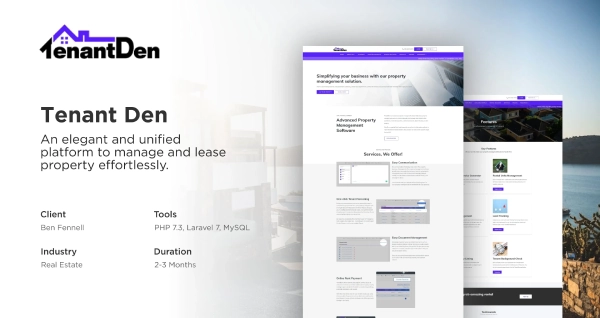
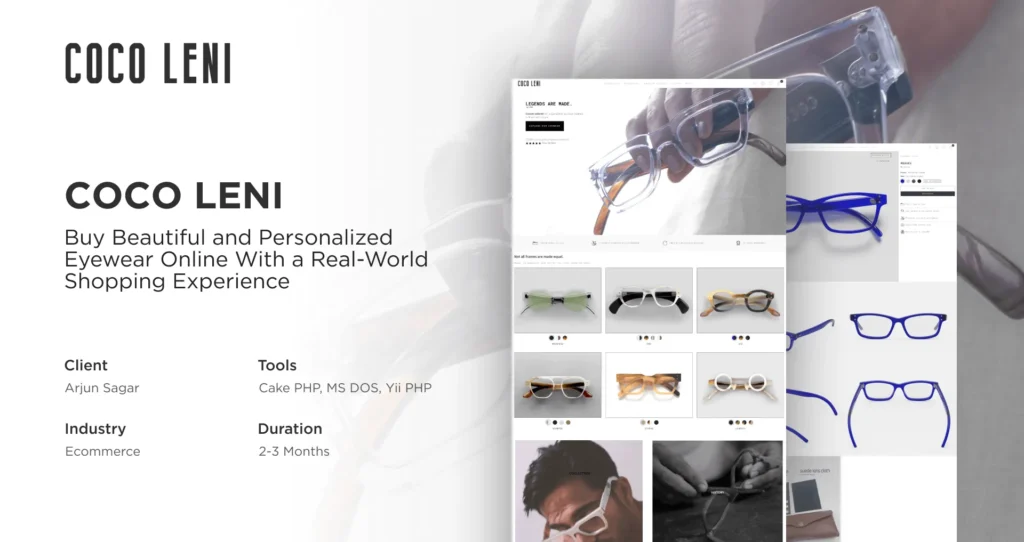
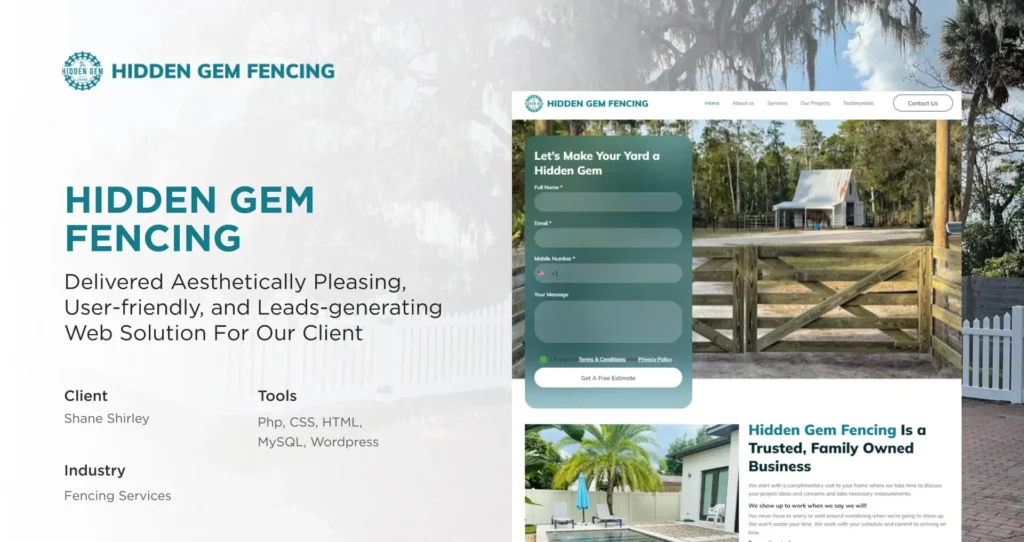
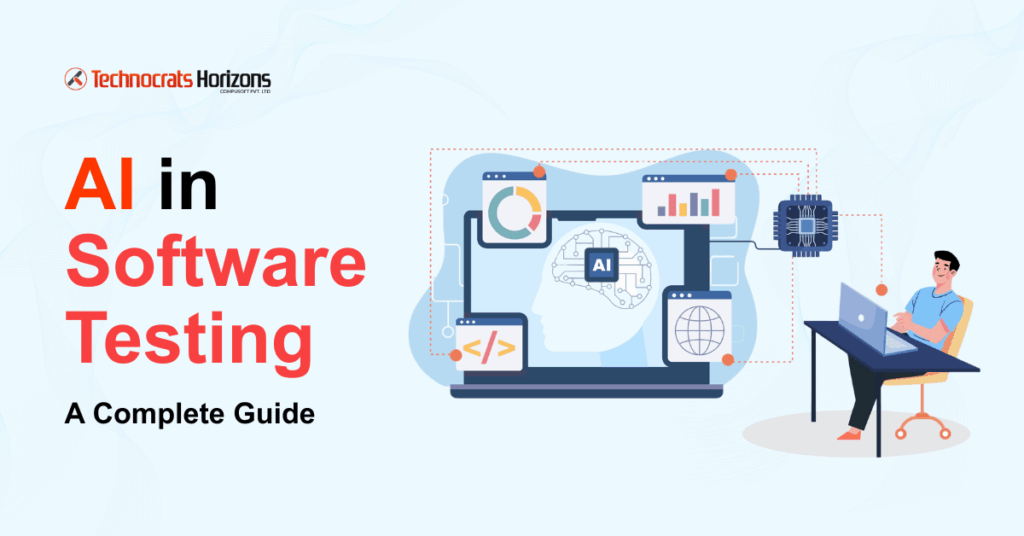
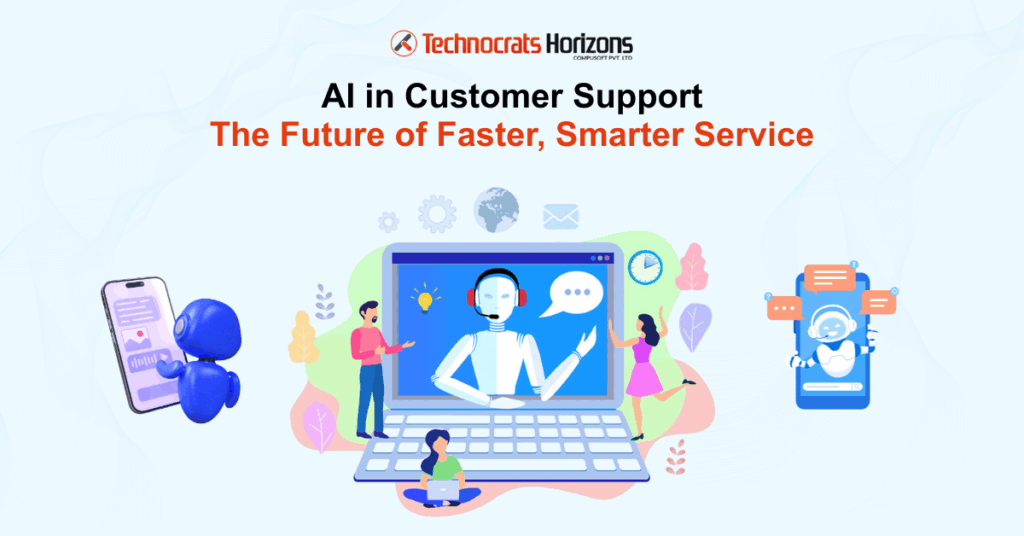

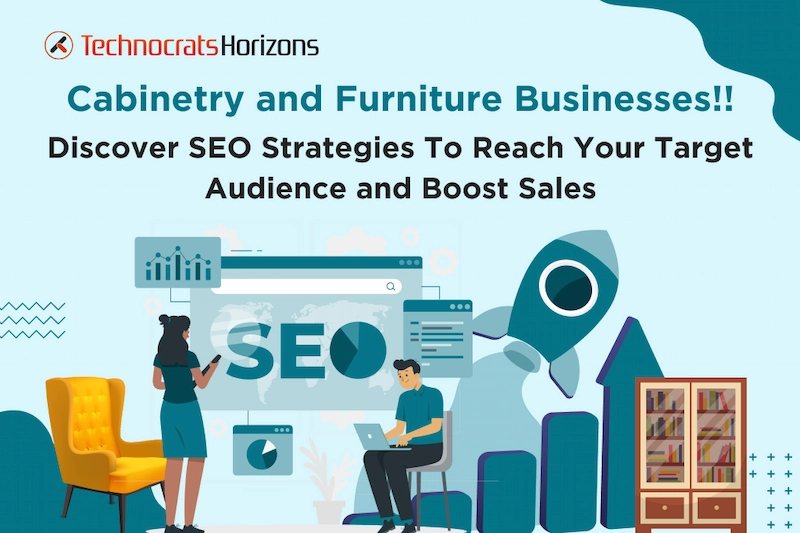
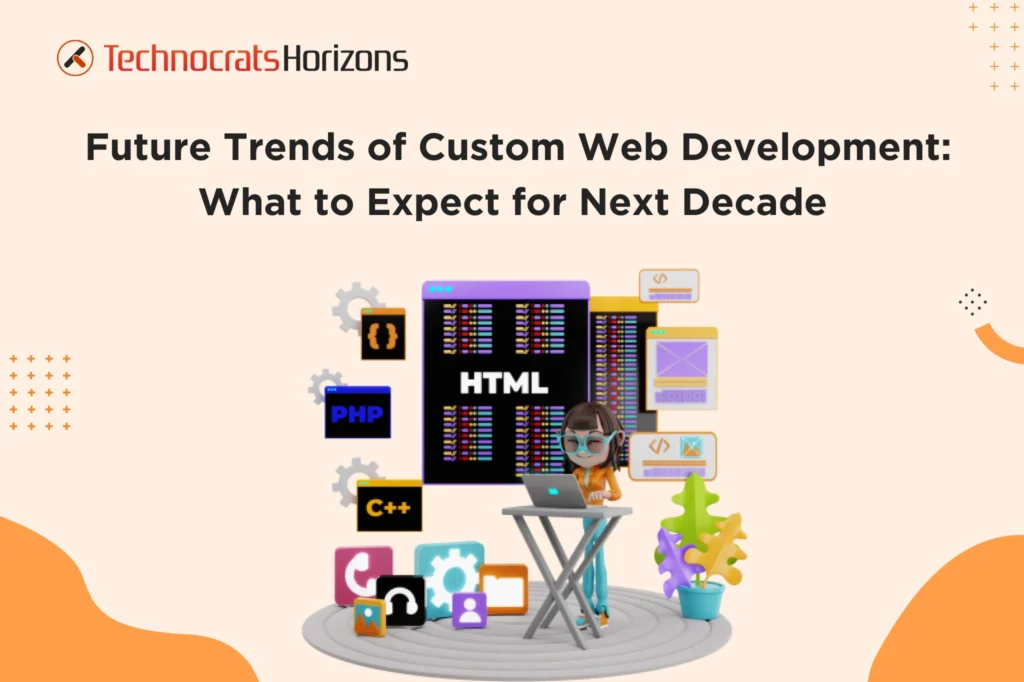
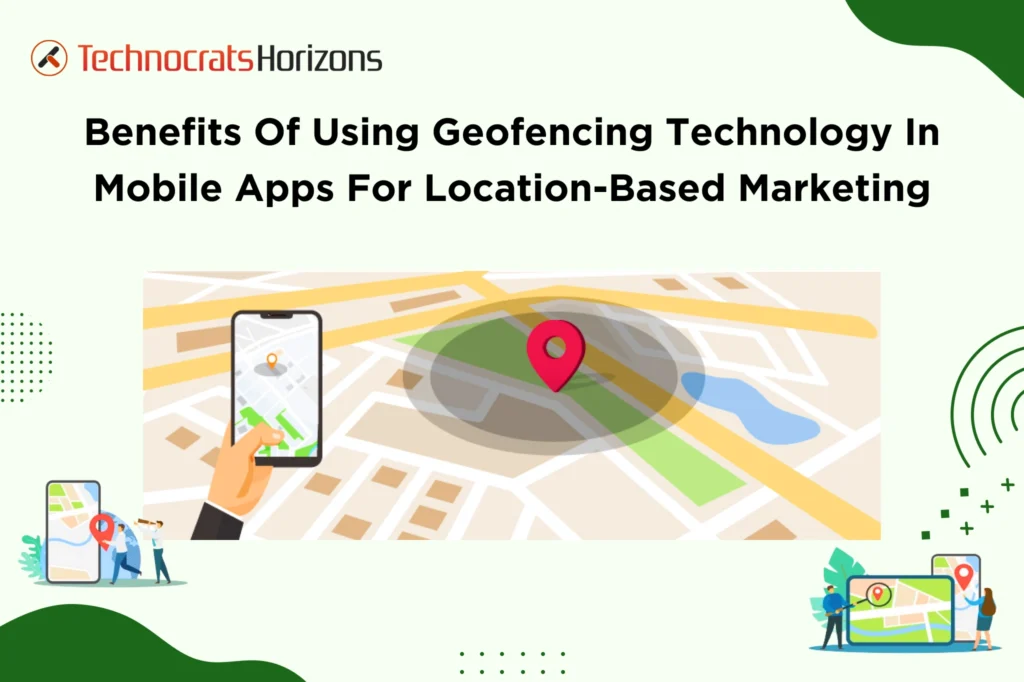
 Request a
Request a







